 Image 1 of 13
Image 1 of 13

 Image 2 of 13
Image 2 of 13

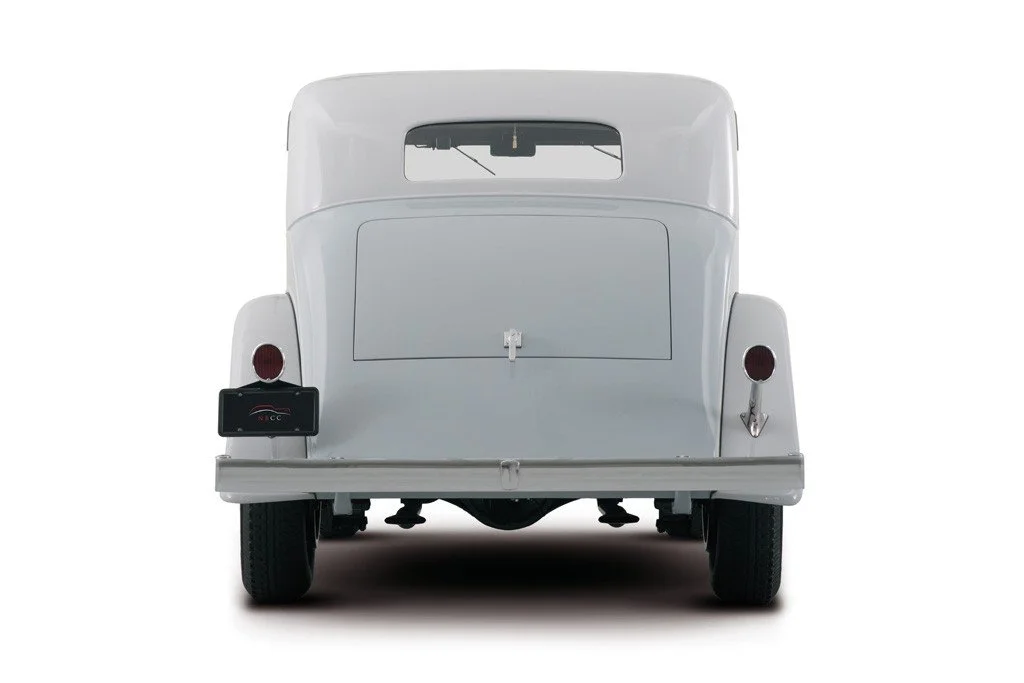 Image 3 of 13
Image 3 of 13

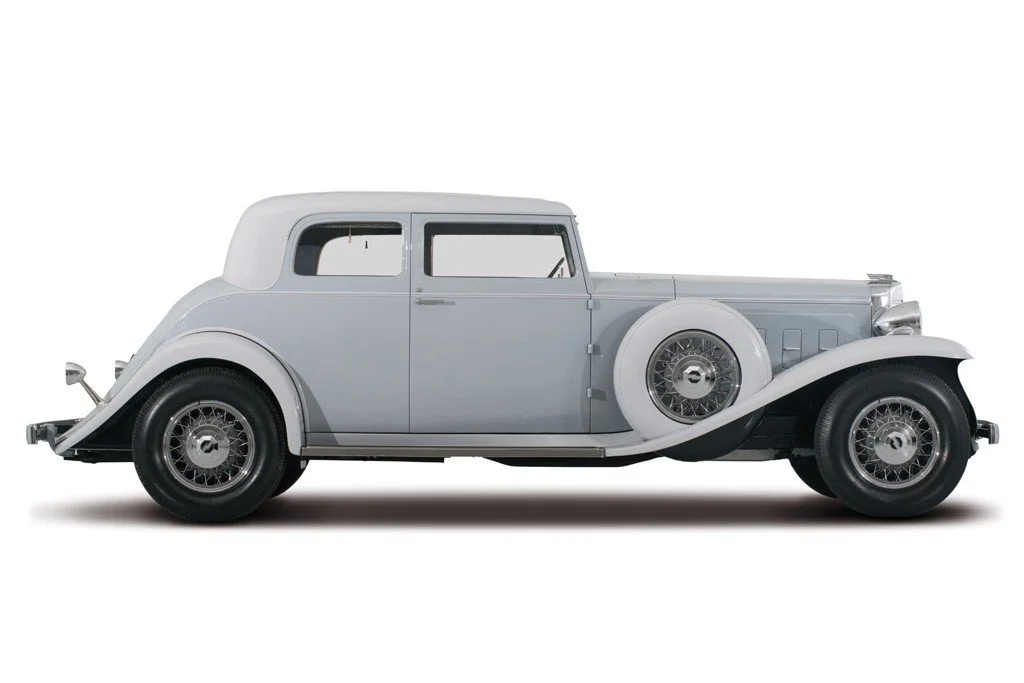 Image 4 of 13
Image 4 of 13

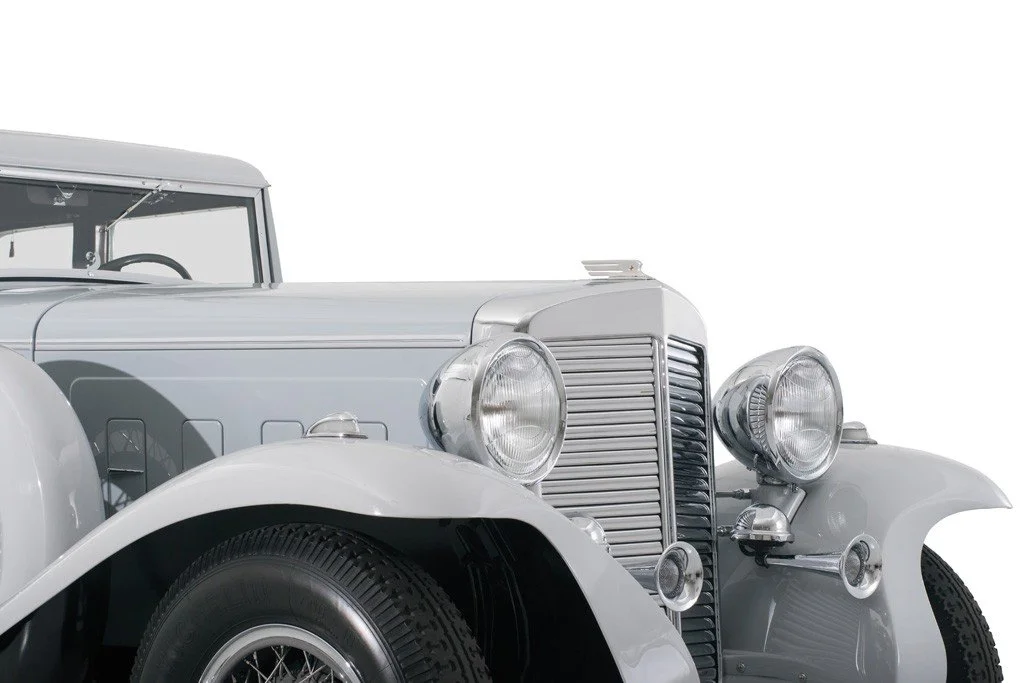 Image 5 of 13
Image 5 of 13

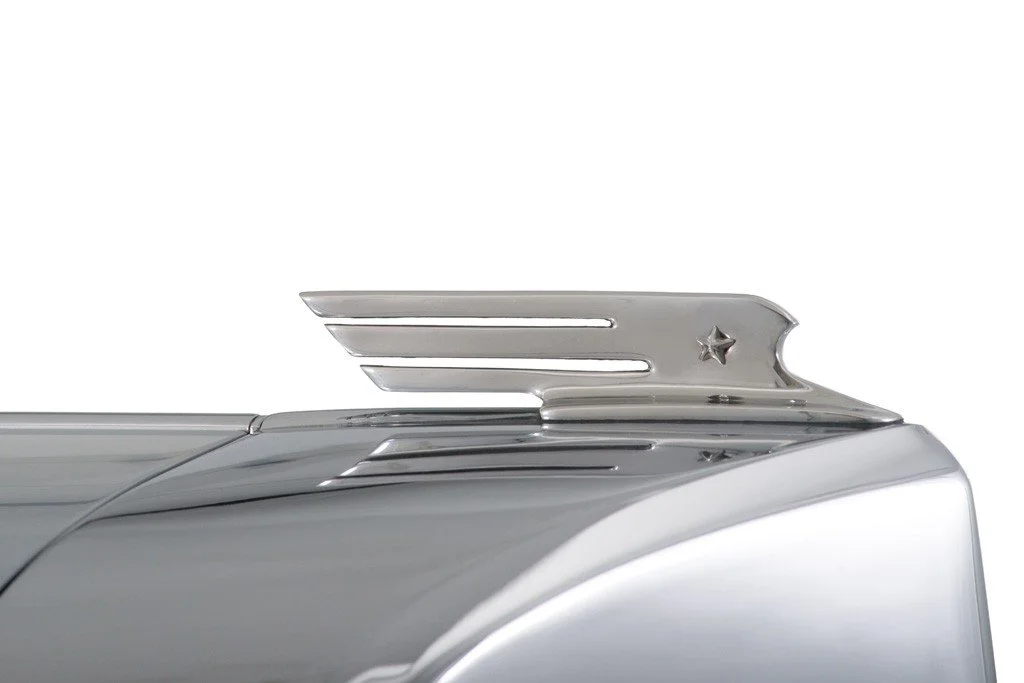 Image 6 of 13
Image 6 of 13

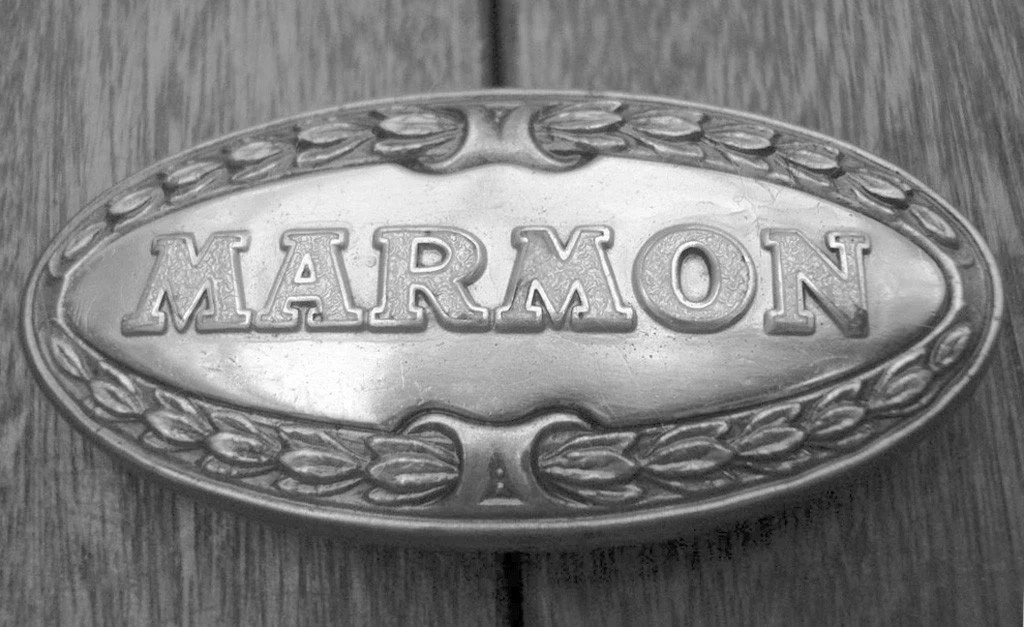 Image 7 of 13
Image 7 of 13

 Image 8 of 13
Image 8 of 13

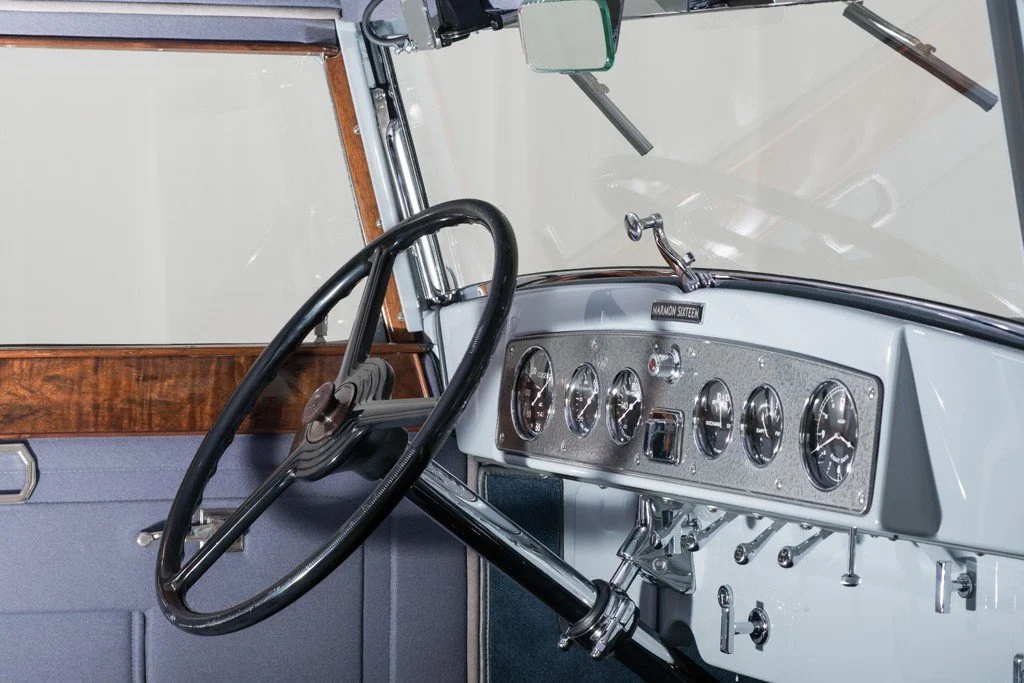 Image 9 of 13
Image 9 of 13

 Image 10 of 13
Image 10 of 13

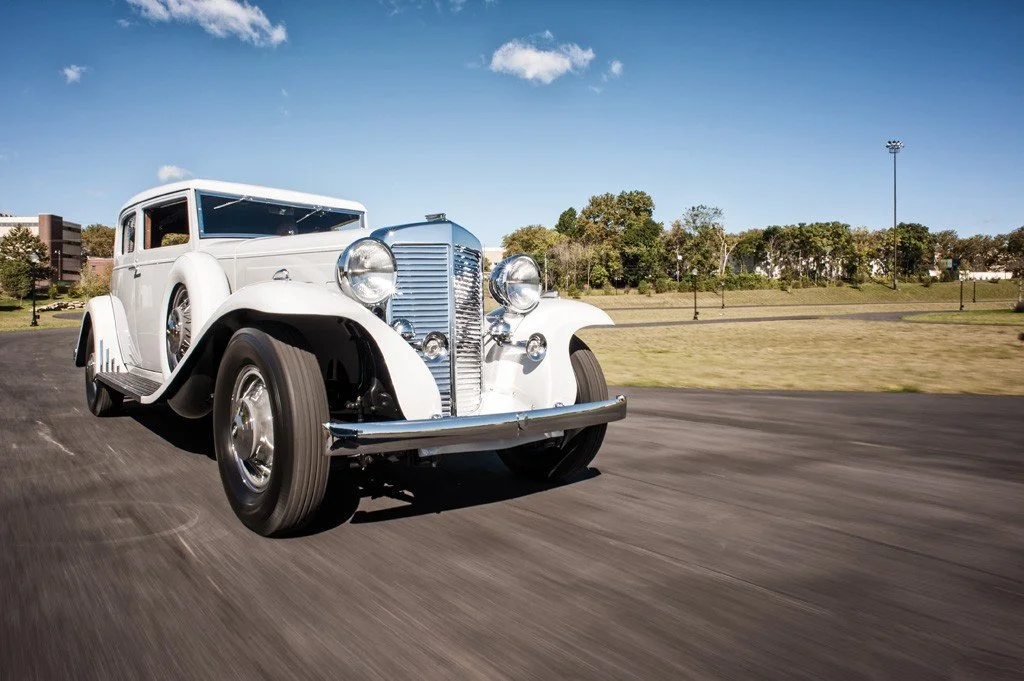 Image 11 of 13
Image 11 of 13

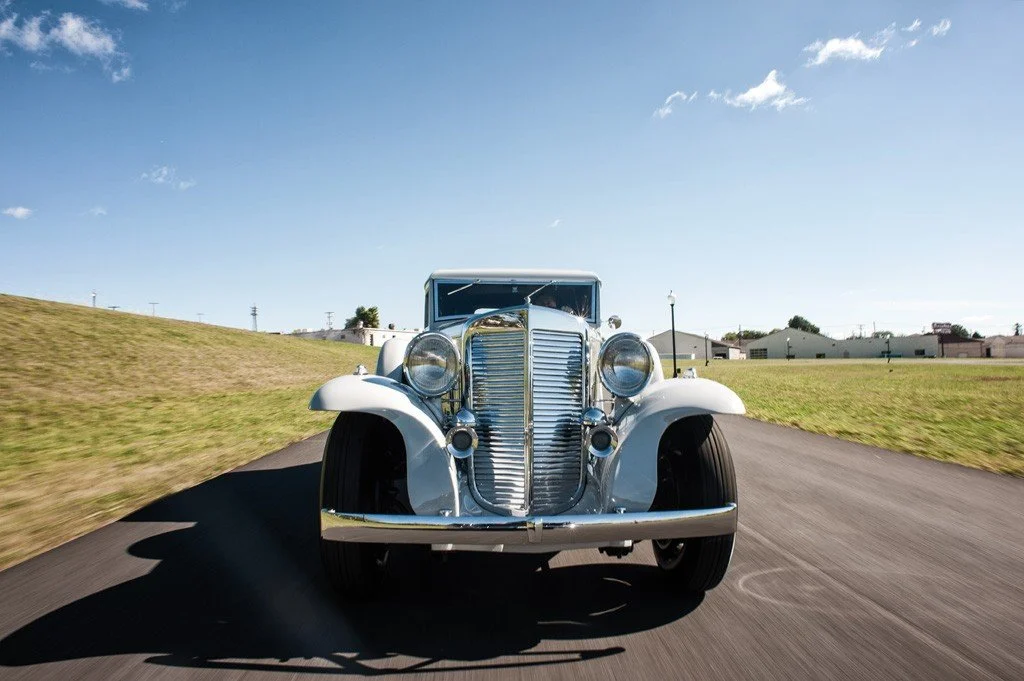 Image 12 of 13
Image 12 of 13

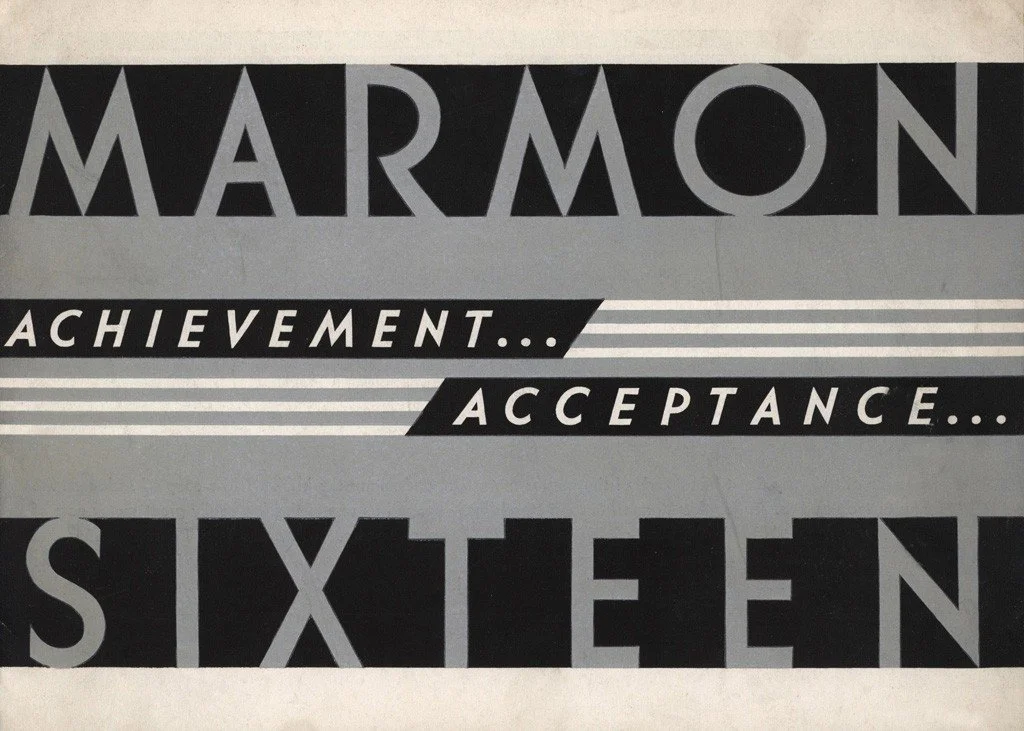 Image 13 of 13
Image 13 of 13














1933 Marmon Sixteen Victoria Coupe by LeBaron 🇺🇸
-
This five-passenger Victoria Coupe is documented by historian Dyke W. Ridgley as having its original engine, chassis, and body. As a 1933 model, it is desirably equipped with vacuum-assisted brakes and driver-adjustable rear shock absorbers. Its ownership history has been traced back to 1968, when, in the ownership of Adolf Kull, of Mattoon, Illinois, it was featured in the March issue of Cars & Parts magazine. By 1972, it had been purchased by early Sixteen enthusiast, connoisseur, and restorer Oliver Kofoed, of Yuma, Colorado. He owned the Victoria Coupe for five years before selling it to Sherwood Kahlenburg, a collector from North Hollywood, California.
Mr. Kahlenburg sold the Victoria Coupe in 1993. It was then acquired by respected collector and enthusiast Larry Harvey, of Palos Verdes, California, and was subject to a complete restoration by the famous shop of Bob Mosier. The car was refinished in its present shade of dove grey and a new interior in blue-grey cloth. Thus completed, the Marmon was displayed at the Pebble Beach Concours d’Elegance in 1994 and was awarded Second in Class. It then achieved its Junior First Prize in CCCA competition at the California Grand Classic the following year.
In October 1995, Mr. Harvey was convinced to sell his Marmon to Formula One impresario Bernie Ecclestone. It remained in Mr. Ecclestone’s prestigious collection for the next 12 years. When the Victoria Coupe was prepared to be offered for sale, it was road-tested for an article in the November 2007 issue of Classic & Sportscar magazine. At the dispersal of Mr. Ecclestone’s cars, the Marmon was sold to Gordon Wangers and returned to its country of birth. The Marmon has been consistently well maintained in its current home and has continued an enjoyable show career, scoring 99.25 points and receiving its Senior First prize at the CCCA Southern California Region Grand Classic. In December 2012, it made yet another magazine appearance, in Collectible Automobile magazine.
This rare Marmon joined the Nicola Bulgari Collection in August 2015, when it was bought at the auction of Monterey. -
Company
Marmon Motor Car CompanyWheelbase
145inInterior trim
Blue-Gray clothBrakes
front and rear drumsMake
MarmonLength
195.8inEngine
V16 - 490.8cidTires
7.00x18Model
Marmon Sixteen Victoria Coupe by LeBaronWidth
76.8inCarburetor
1 Stromberg DDR-8Body style
2-door SedanWeight
5090lbsHorsepower
200hp @ 3400rpmProduction
86Model year
1933Exterior paint
Dove GrayTransmission
3-speed manual Synchromesh -
Marmon's parent company was founded in 1851 manufacturing flour grinding mill equipment, and branching out into other machinery through the late 19th century. Small limited production of experimental automobiles began in 1902, with an air-cooled V-twin Engine. While the Marmon Company discontinued auto production, they continued to manufacture components for other auto manufacturers and manufactured trucks. When the Great Depression drastically reduced the luxury car market, the Marmon Car Company joined forces with Colonel Arthur Herrington, an ex-military engineer involved in the design of all-wheel drive vehicles. The new company was called Marmon-Herrington.
The Marmon Sixteen was introduced in 1931, and it represented automobile pioneer Colonel Howard Marmon’s ultimate, greatest, and most impressive vision for what a luxury car should be. With beautiful, coachbuilt bodies by LeBaron and a state-of-the-art overhead-valve engine that displaced over 490 cubic inches, the Marmon Sixteen was capable of 200 horsepower and a top speed of over 100 mph. The Sixteen was a triumph of pattern-making and foundry technology; its all-aluminum engine construction was matched to a chassis that was state of the art, and the model had an unmatched power-to-weight ratio. In fact, the car was reportedly capable of out-accelerating a Duesenberg Model J, yet it cost buyers only a third as much. This was something that no doubt embarrassed Marmon’s Indianapolis neighbor.
Credit for the Sixteen’s styling is often given to industrial design legend Walter Dorwin Teague Sr., but it was, in fact, his son, Walter Jr., who penned the beautiful lines that ultimately entered production. Dorwin, as he was known, was a student at MIT and a gifted designer in his father’s mold. He envisioned a sleek and graceful car that was completely devoid of gratuitous ornamentation and characterized by simple shapes, with a bold beltline, low roofline, and raked windshield. Particularly noteworthy were the fenders, which had an understated skirting in the front that served to hide the working components of the suspension and chassis.
Unfortunately, Cadillac’s own V-16 beat Marmon to the market by almost two years, stealing the thunder of what otherwise would have taken the automotive world by storm. Also, Howard Marmon lacked a deep-pocketed backer like General Motors to help his company survive the Great Depression. The writing was on the wall, and the end came quietly in 1933, after approximately 370–375 Sixteens were produced. The Sixteen was the final production Marmon automobile, but it was also the car that ensured this great company—the winner of the first Indianapolis 500 in 1911—would be remembered for its exploits on the road as well as the track.
